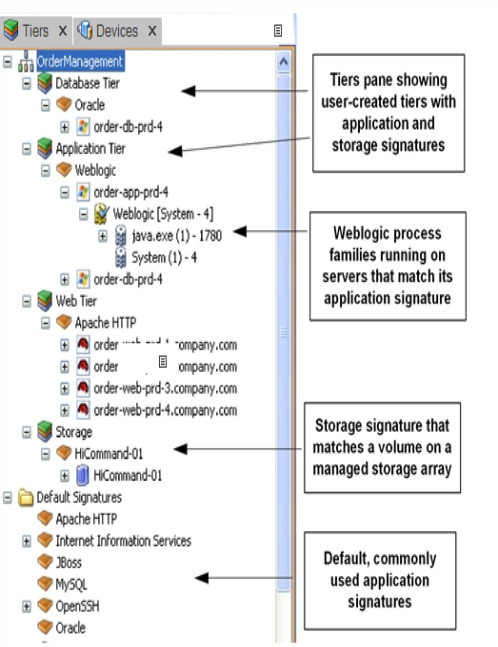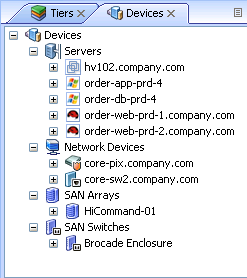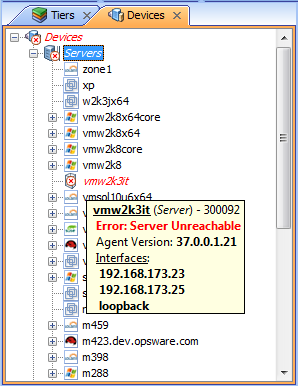Searching the Help
To search for information in the Help, type a word or phrase in the Search box. When you enter a group of words, OR is inferred. You can use Boolean operators to refine your search.
Results returned are case insensitive. However, results ranking takes case into account and assigns higher scores to case matches. Therefore, a search for "cats" followed by a search for "Cats" would return the same number of Help topics, but the order in which the topics are listed would be different.
| Search for | Example | Results |
|---|---|---|
| A single word | cat
|
Topics that contain the word "cat". You will also find its grammatical variations, such as "cats". |
|
A phrase. You can specify that the search results contain a specific phrase. |
"cat food" (quotation marks) |
Topics that contain the literal phrase "cat food" and all its grammatical variations. Without the quotation marks, the query is equivalent to specifying an OR operator, which finds topics with one of the individual words instead of the phrase. |
| Search for | Operator | Example |
|---|---|---|
|
Two or more words in the same topic |
|
|
| Either word in a topic |
|
|
| Topics that do not contain a specific word or phrase |
|
|
| Topics that contain one string and do not contain another | ^ (caret) |
cat ^ mouse
|
| A combination of search types | ( ) parentheses |
|
SAV business application
A business application is a complex collection of services that typically run across multiple servers and networking (LAN and SAN). A business fapplication in SAV consists of business application definitions (tiers, application signatures, and properties definitions) visible in the Tiers tree, and a collection of maps that visualizes relationships between a business application’s signatures, processes (and process families), file systems, and external clients and dependencies.
A SAV business application maps to actual instances of business applications that are running on servers that SAV has scanned and displayed. A business application, as seen in the Tiers Map, is a collection of processes running on a managed server that maps to a SAV Application definition, as specified in the Tiers tree.
The SAV business application is further explained in the following sections:
- Tiers tree
- Creating tiers to model business applications
- Application signatures
- Processes, process families, and extended process families
- Devices tree
For information on how to create a SAV application, see Running scripts on devices.
Tiers tree
The Tiers tree is a logical view of a business application that provides a hierarchical representation of a business application’s infrastructure. The Ties tree provides a different way of looking at what is visually displayed in the Tiers map. The Tiers tree contains tiers and subtiers, which in turn can contain application signatures.
Inside of each application signature is the server or device that the process families run on, and inside of the server or device is the process family itself.
See the following figure for a picture of the Tiers tree.

Default signatures at the bottom of the Tiers tree do not appear in the Tiers map — instead, they are highlighted in the Network Map, Server Map.
If there are no matching process families for a signature, a warning icon  appears next to it, and the tiers that contain it, in the Tiers tree.
appears next to it, and the tiers that contain it, in the Tiers tree.
Creating tiers to model business applications
Creating tiers enables you to model the logical structure of a business application, representing all of its processes and process families as a diagram of elements that run across multiple servers, displaying the connections among them, clients connecting to them, and dependencies to which they connect. Tier definitions can contain a device filter, which restricts the servers whose process families will match the tier's application signatures.
Each application consists of a set of tiers and sub-tiers, such as a Web tier running Apache on Linux, an application tier running WebLogic on Windows, a database tier running Oracle on Solaris.
A tier is represented in the Tiers tree by the  icon, which can contain application signatures, and optional sub-tiers.
icon, which can contain application signatures, and optional sub-tiers.
For information on how to create business application tiers, see Business application tiers.
Application signatures
An application signature is an object that represents a process or process family that comprise an application, such as Apache, Oracle, BEA WebLogic, Microsoft® SQL Server, and so on.
An application signature is represented in the Tiers tree by the ![]() icon. An application signature object consists of a signature and visual display preferences.
icon. An application signature object consists of a signature and visual display preferences.
A signature is a set of rules that you provide and that SAV uses to identify a process family. This set of rules uses data such as process name, open files, command line, environment variables, connected to port, modules, executable path, and listener port. If SAV discovers the process or process family during a scan according to the signature rule definition, then the process or process family is added to the signature and highlighted in the maps.
Preferences specify the alias of the application component. These are displayed in the specified background and foreground text color of the different maps.
For more information on creating application signatures, see Creating an application signature.
Processes, process families, and extended process families
In SAV, a process is a running instance of a program in a UNIX or Windows environment. A process is discovered and aggregated into process families and extended process families.
A process family is a collection of processes that are part of the same UNIX session (same name and GID) or a collection of processes that are part of the same Windows session (same name and login session ID).
A process family is represented in the Application (or Device) Tree by this  icon. (Single processes are always grouped visually into process families, and so are also represented by the process family icon.) If the process family is connected to something else (another process family, for example), it is represented in the Application (or Device) Tree by the
icon. (Single processes are always grouped visually into process families, and so are also represented by the process family icon.) If the process family is connected to something else (another process family, for example), it is represented in the Application (or Device) Tree by the  icon.
icon.
An extended process family is a set of processes that the SAV has heuristically computed to be related, but are not necessarily members of the same process hierarchy.
An extended process family is represented by the  icon.
icon.
Devices tree
The Devices tree is a logical, tree-based view of top-level information about managed servers, process families, and network devices. This tree hierarchically displays the same top level information that is shown in the Network Map, Server Map.
The Devices tree contains servers, network devices (physical and virtual) as its top nodes. Below the servers are process families and extended process families. Network devices contain VLANs, ports, and port groups (for VMware virtual switches).
VMware ESXi hypervisor servers cannot be expanded to view process information in the Devices Tree.
The Devices tree also shows virtual devices that were scanned when you launched SAV. These virtual devices can be shown grouped beneath their hypervisor when the Virtualization button is selected. This tree includes the following:
- Virtual servers.
- VMware virtual switches (vSwitches). vSwitches can be expanded to view their port groups.
- Solaris Global zones can be expanded to list all running processes, but this list of processes includes processes on non-global zones not included in the current scan.
Attributes in the Properties pane for Device Tree objects contain the following:
Oracle
- Oracle executable
- Oracle database instance
- Tablespaces inside the database
WebLogic
- Applications
- Web Applications
- EJBs
- JDBC Connection Pools
Microsoft IIS
- Web Sites
- FTP Sites
- Bindings
To view online help for these objects, select the object in the Device Tree, then select the Properties tab in the lower left of the SAV window. Then, press F1 on your keyboard.
The following figure illustrates the Devices tree, showing servers, network devices.

If a server device has an error associated with it, then it appears in the Devices tree with an error icon on it  (for example, if the server is unreachable by SA). When you move your mouse pointer over the device node in the tree, a tooltip message indicates the nature of the error, as shown below.
(for example, if the server is unreachable by SA). When you move your mouse pointer over the device node in the tree, a tooltip message indicates the nature of the error, as shown below.

For more information on possible device errors, see SAV scan error messages.
We welcome your comments!
To open the configured email client on this computer, open an email window.
Otherwise, copy the information below to a web mail client, and send this email to hpe_sa_docs@hpe.com.
Help Topic ID:
Product:
Topic Title:
Feedback:





